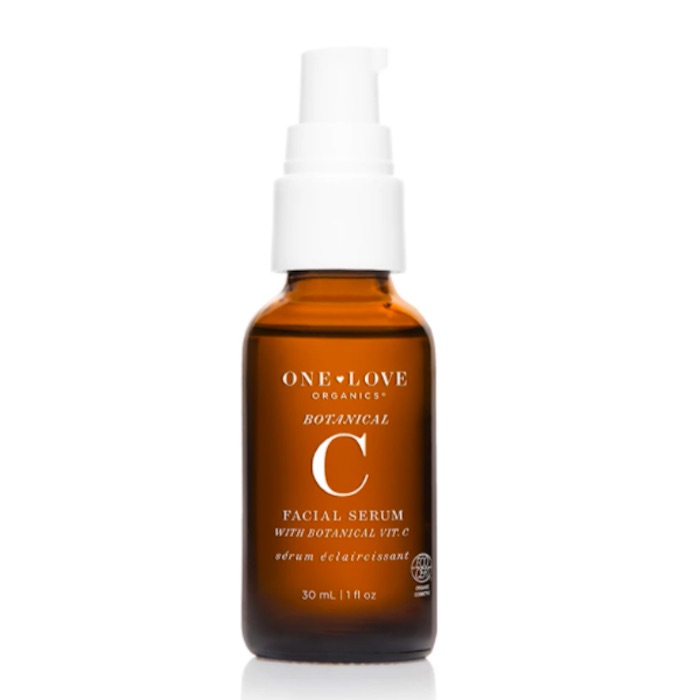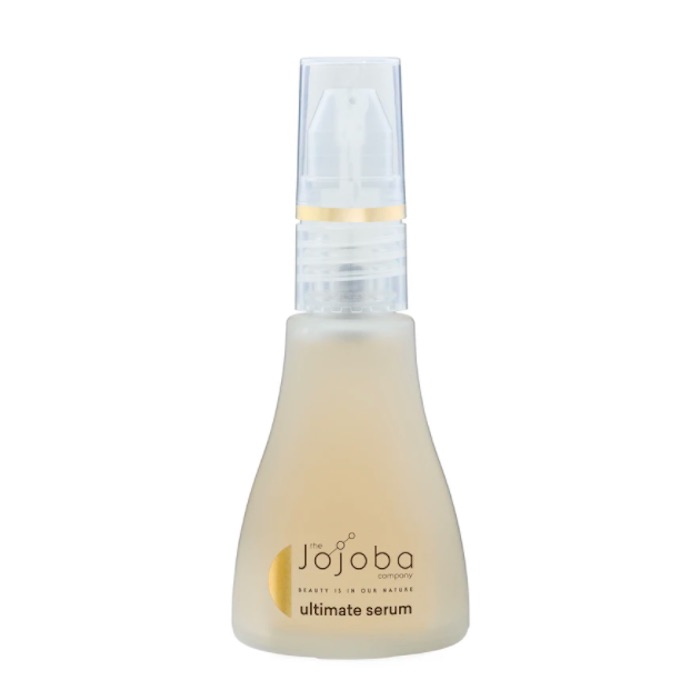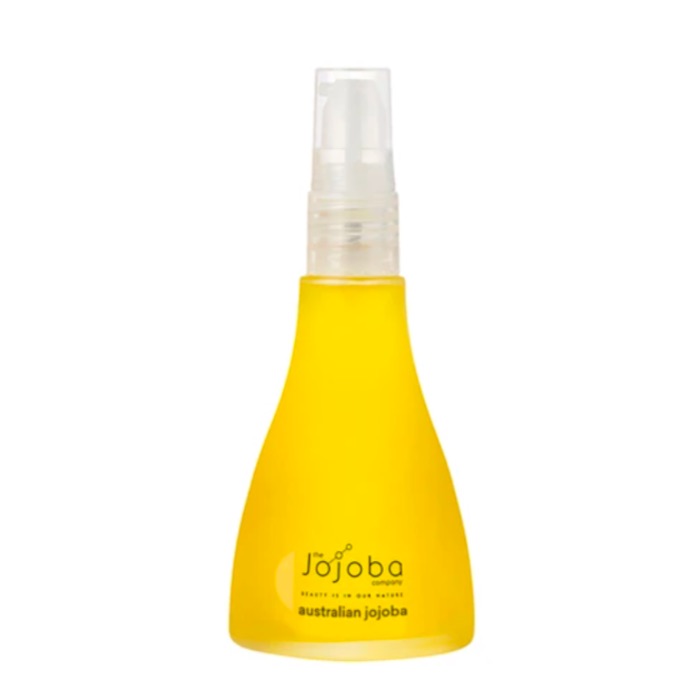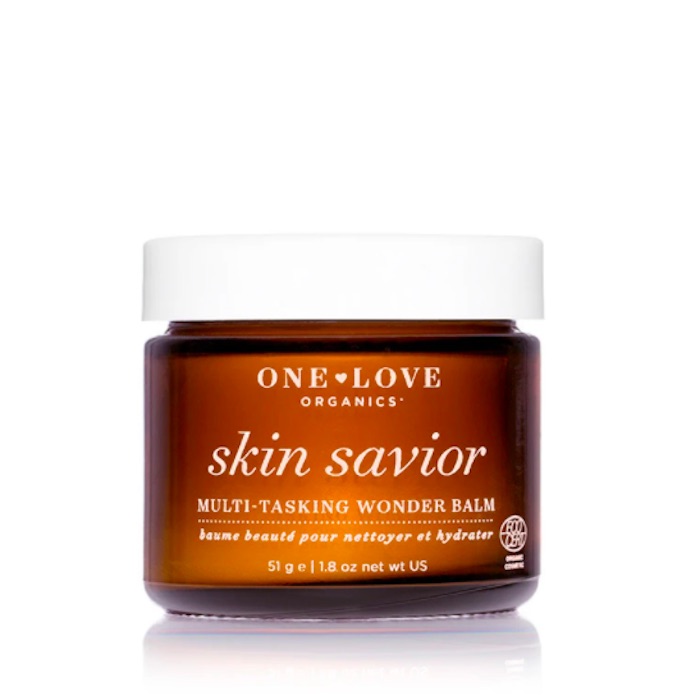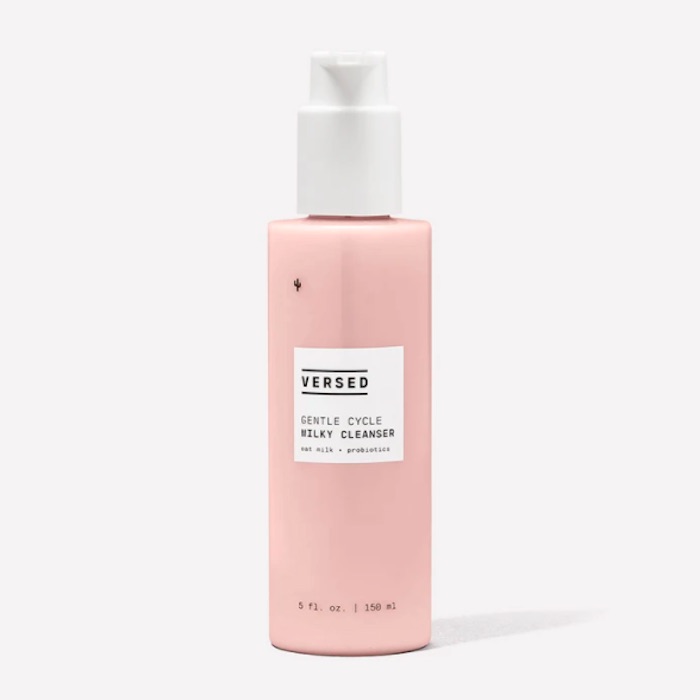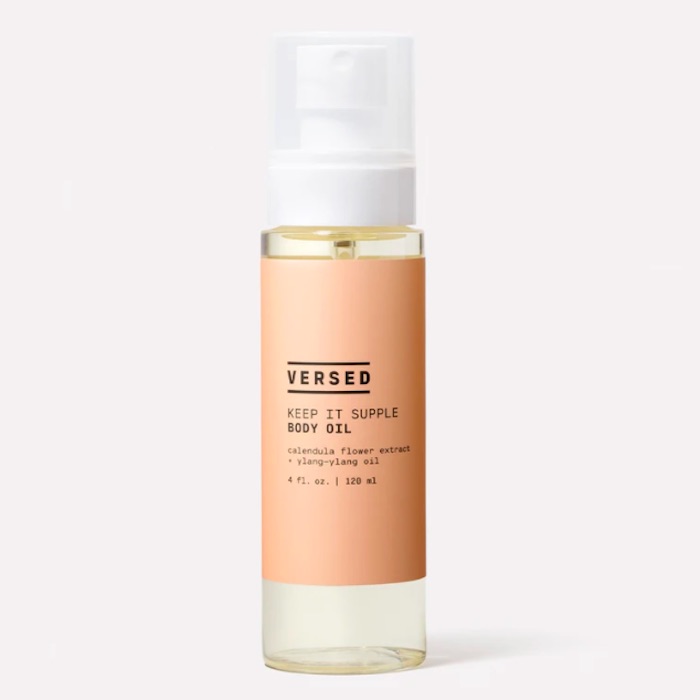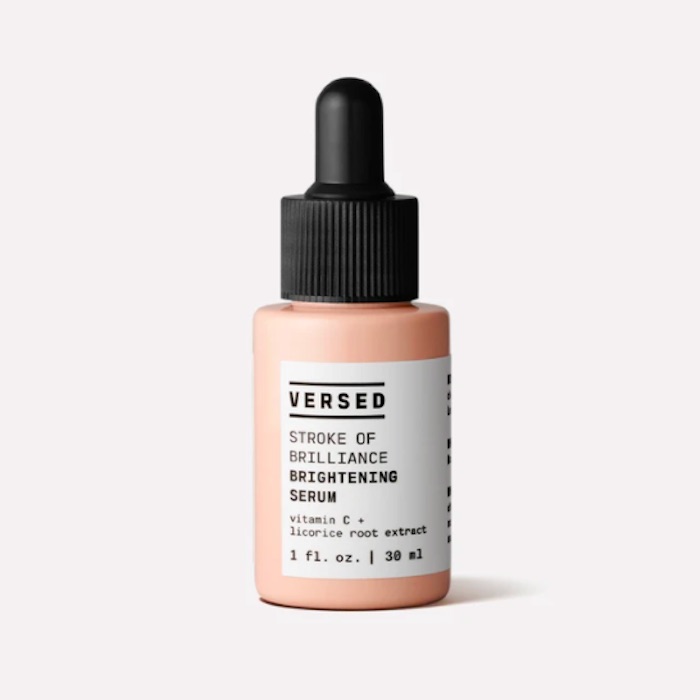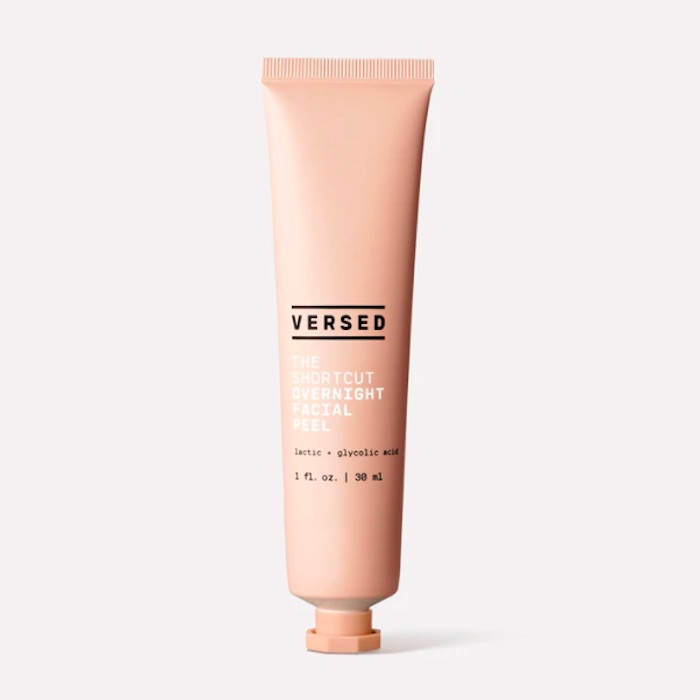5 Ways to Make Your Beauty Routine More Eco-Friendly
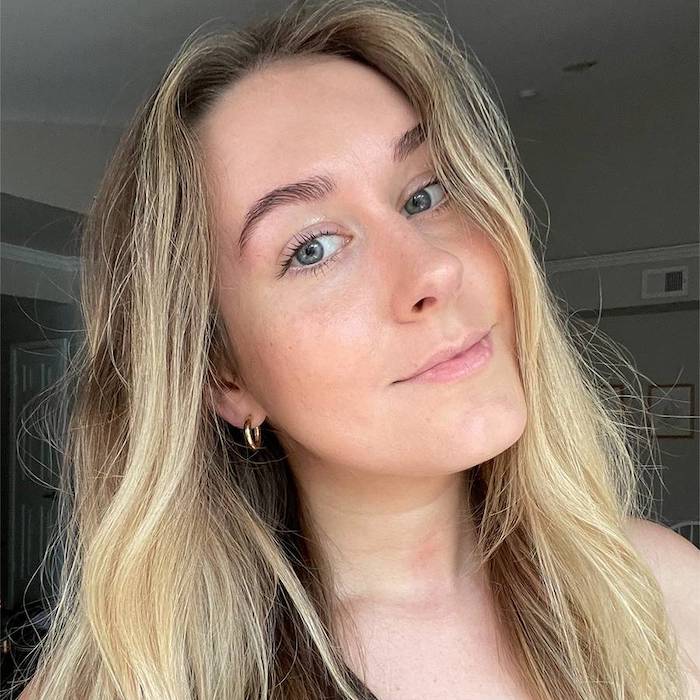

The beauty industry is full of buzzwords with vague—if not completely incomprehensible—meanings. "Clean," "green," and "sustainable" are perhaps the most infamous of them all. They're plastered across websites, bottles, and boxes, but many of us remain unclear on what they actually mean. Are these products really better for our bodies? Are they really better for the environment? How can we ensure that our beauty routines are being kind to the planet?
These are complex questions that aren't easily answered from a simple Google search. In fact, type in "clean beauty" in the search engine and you'll be met with over one billion search results. (That's billion with a B.) Type in "green beauty," and you'll be met with over five billion search results. That's why we reached out to the experts—the green beauty experts, that is—to gain insight.
Meet Suzanne LeRoux, green beauty expert and founder of One Love Organics, and Vicki Engsall, green beauty expert and founder of The Jojoba Company. We asked them to shed light on some of the most common beauty buzzwords and share some simple ways to ensure our routines are as eco-friendly as possible. Keep scrolling to read what they had to say.
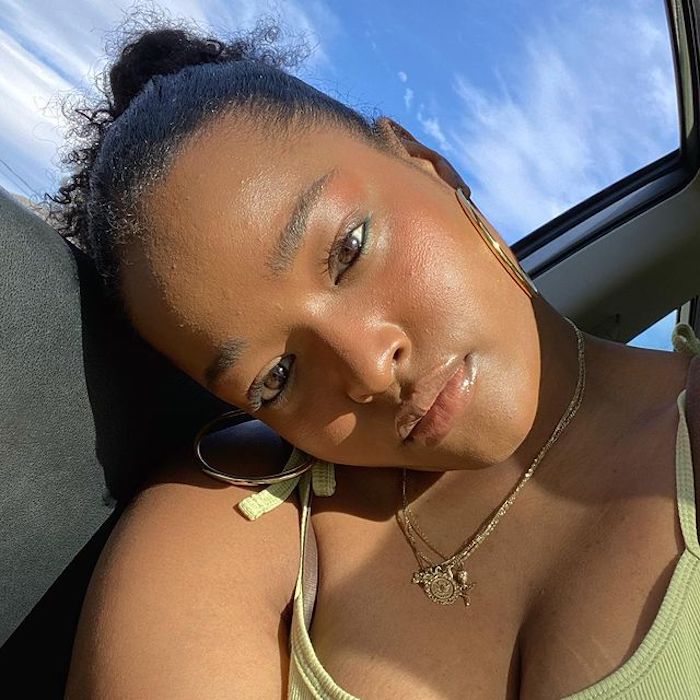
What Does "Clean" Really Mean?
Many people consider the word "clean" to be synonymous with "healthy," whether that's healthy for themselves, the planet, or both. In all actuality, though, the word "clean" doesn't really mean much at all. That's because it's not a regulated term, so companies can use it regardless of their ingredients. "Clean is a very loose term used in the beauty industry, which is not regulated at this stage," Engsall explains. "There really is no clear definition."
Because it's not regulated, and there is no agreed-upon definition, it's up to individual companies to decide what "clean" means to them. "We at The Jojoba Company believe it to mean products that are carefully created and produced without any toxic ingredients or harmful chemicals," Engsall continues. "The ingredients used are ethically sourced and made with the health of the body and the environment in mind."
"To me, the term 'clean beauty' means prioritizing the use of natural, organic, non-GMO, and sustainable ingredients that nourish and benefit the skin," LeRoux says. "Clean beauty products also consider the safety of the final product, the sustainability and recyclability of packaging, and the elimination of the use of known no-no's, like sulfates, parabens, and petrochemicals. And, of course, clean beauty should always be cruelty-free from ingredients to final formulation."
Okay, so clean beauty isn't regulated, but green beauty must be, right? Wrong. As it turns out, the word "green" isn't regulated either, which explains why it's so difficult to pin down a single definition. It's also the reason certain brands have been accused of "greenwashing" in the past. This is when a company deceptively markets itself as eco-friendly when it's not. While certainly up for interpretation, Engsall says that "green" generally "indicates that the ingredients in a product are organic or natural and that the process of manufacturing and sourcing of ingredients involves using sustainable and renewable resources."
"The terms 'clean' and 'green' really mean the same thing to me, but in the industry, it might mean that 'clean beauty' has more of an emphasis on the lack of certain harmful ingredients and 'green beauty' has more of an emphasis on prioritizing sustainability in both ingredients and packaging," LeRoux says.
What About the Word "Sustainable?"
Depending on who you ask, "clean," "green," and "sustainable" can overlap a little or a lot. While there are varying standards for what constitutes sustainable beauty, Engsall says her definition is as follows. "Having a sustainable brand and product to us means using packaging that is recyclable or even packaging that uses recycled materials or is compostable. It means a decreased use of single-use plastics and a very considered decision as to what ingredients actually go into a product, choosing ingredients that are plentiful and easily regrown, not the result of deforestation and the use of non-renewable resources."
True sustainability, she says, is leaving a very small impact on the planet from start to finish. "Our jojoba grown on our farm is grown in a sustainable way to ensure that the soil is left better than it was when we started. Jojoba is a carbon negative crop so is definitely considered a sustainable option."
So where does that leave us—the people who are interested in and concerned about curating an eco-friendly beauty routine? Well, it leaves us with research. It's up to us to ensure the brands we're buying from align with our definition of "clean" and "green" beauty. We can shop from brands that make their sustainability efforts clear and remain transparent when it comes to their ingredient-sourcing and production methods.
Luckily, we're not completely without guidance, because both Engsall and LeRoux have advice for cutting through the marketing jargon when seeking out true eco-friendly beauty products.
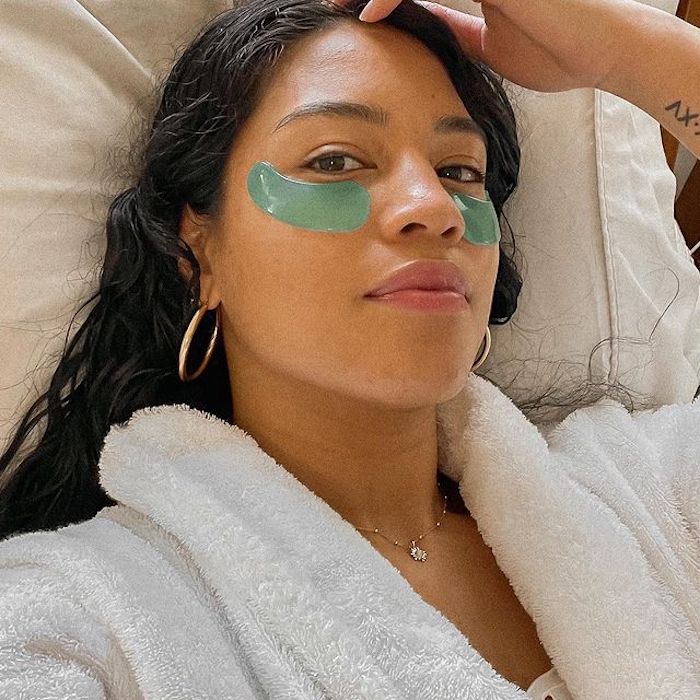
1. Look for Certifications
There are certain certifications consumers can look for when purchasing products to ensure they've met specific standards. Generally speaking, those who have obtained these types of certifications are more likely to be walking the eco-friendly walk, not just talking the talk. "Organic certifications like Ecocert or Cosmos have very strict eco-friendly guidelines with production, packaging, and ingredients and are a good start if a consumer is wanting to embark on an eco-friendly product," Engsall says. "EWG is another certification that helps the consumer understand the ingredients in their products from a clean and safe perspective."
LeRoux obtained Ecocert/Cosmos certification for One Love Organics eight years ago. "It's a clear standard that allows the consumer to see the exact percentage of natural and organic ingredients in each formula and ensures that the packaging is 100% recyclable, that the ingredients and final formulation are certified sustainable, non/GMO and cruelty-free," she says. "We researched for a couple of years before choosing this certification and I can stay after working with it for almost a decade, I would buy any cosmetic with this label without reserve. It's super thoughtful and rigorous with an in-person annual inspection of our facility each year."
Other certifications you can look for include the Leaping Bunny Certification, which indicates that a company is cruelty-free in product development, and the Forest Stewardship Council (FSC), which indicates responsible sourcing from and management of forests in packaging. Who What Wear's sister company, Versed, is 100% Leaping Bunny and FSC-certified.
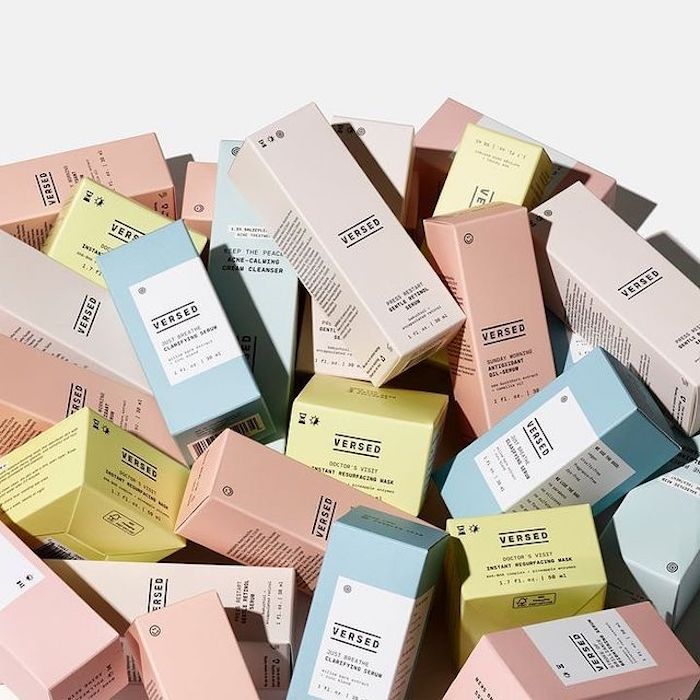
It's important to note that just because a company doesn't have a specific certification doesn't mean they're inherently bad or lesser than. As Engsall puts it, "It is hard for a company to find the right certifications to reflect the brand’s values. Luckily consumers nowadays are highly educated and many do their own research on ingredients and a company’s processes and make their own decisions and assumptions about how sustainable, clean, or green a product is. We at the jojoba company only use ingredients that feature in the green zone on the EWG scale to ensure the absolute safety of our products. All of our ingredients are ethically sourced and we always choose the natural alternative over the chemical one in all formulation decisions."
2. Look for Sustainable Packaging
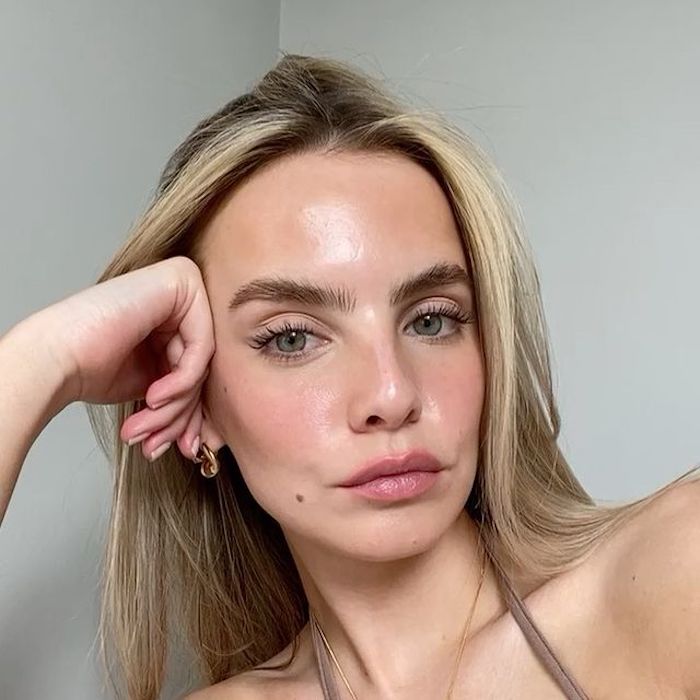
"Things wrapped in lots of plastic are unlikely to be a sustainable option," Engsall says. "Instead opt for cardboard boxes and recyclable plastic or glass containers. Use biodegradable makeup removing wipes or better still, opt for a natural cleansing oil that removes all traces of dirt, sunscreen, and make-up without the need for a wipe at all."
3. Avoid Specific Ingredients
There are certain beauty ingredients that have a negative environmental impact, which is why experts suggest avoiding them. LeRoux mentions petrochemicals specifically. "Petrochemicals aren't the best choice for your skin or the environment," she says. "It does not offer any real nourishment to the skin and it's a byproduct of the oil industry and therefore an unsustainable resource."
Engsall recommends avoiding cosmetics with palm oil. "Cosmetics with Palm Oil are contributing to rapid deforestation and climate change unless sustainable palm oil is used," she says. "Certified sustainable palm oil is becoming more readily available which is a good thing for the industry."
Engsall also recommends avoid BHA and BHT, "which can cause the death of fish and shellfish and genetic mutations in amphibians," sodium laureth sulfate, "which alters fish behavior and increases mortality," and DEA, "which is fatally toxic to amphibians, crustaceans, fish, nematodes, flatworms, and animal plankton."
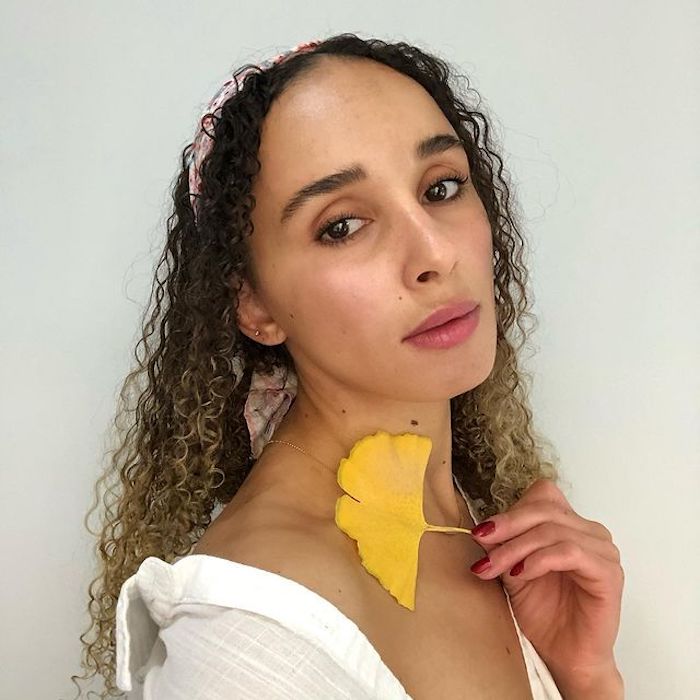
4. Try Waterless Products
Waterless products, well, save water, which is why LeRoux suggests incorporating them into an eco-friendly beauty routine. "Look for waterless products like oils, serums, and balms," she says. "They are super concentrated being made without water, a little goes a long way so these products tend to last longer than water-based products and your skin gets concentrated nutrition that is filler-free. They are truly win-win!"
5. Recycle or Upcycle Packaging
This is one of the easiest ways to be more eco-friendly. When you're finished with a beauty product, take the empty container and recycle it—that is if it's recyclable in the first place (packaging matters, people!). If it's not recyclable, then upcycle it. Clean it out and use it to store clips and pins or other odds and ends on your vanity.
Recyclable packaging is where Versed shines brightest. Sixty percent of Versed's products are recyclable, while 40% are made with post-consumer recycled plastic (or PCR). The brand has a whole webpage devoted to recycling, along with visual aids for properly recycling used containers. The company also ships all of its products in biodegradable boxes and uses fuel-efficient shipping methods to transport them. All of these efforts have the brand nearing carbon neutrality, which is no small feat.
To celebrate the brand's Community Day on April 25, Versed is offering 10% off your entire eco-friendly cart. Keep scrolling to see 10 of our favorite Versed products to shop.
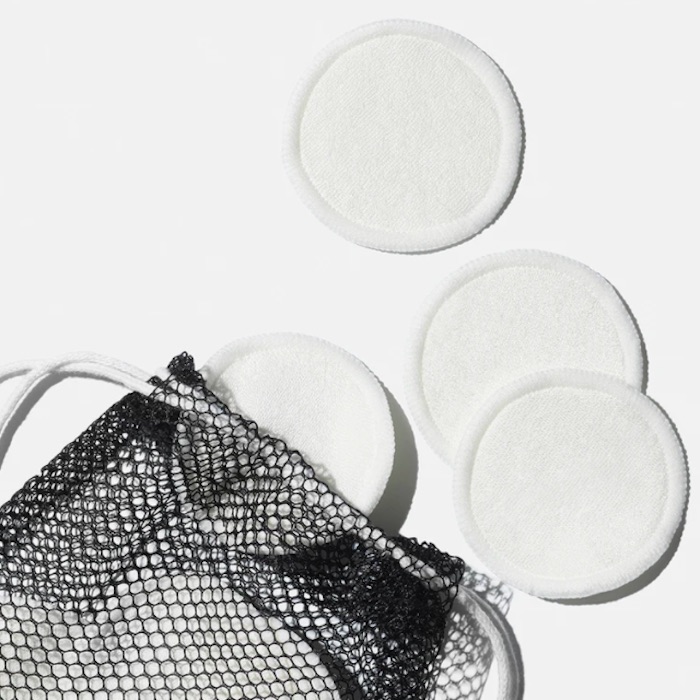
Regular cotton pads are wasteful. Reusable cotton pads are a must.
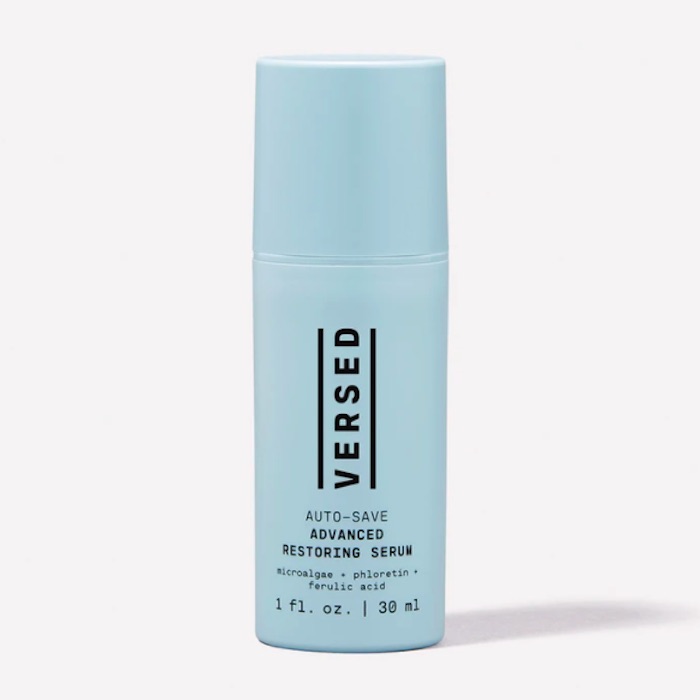
This serum is antioxidant-rich, brightening, and moisturizing.
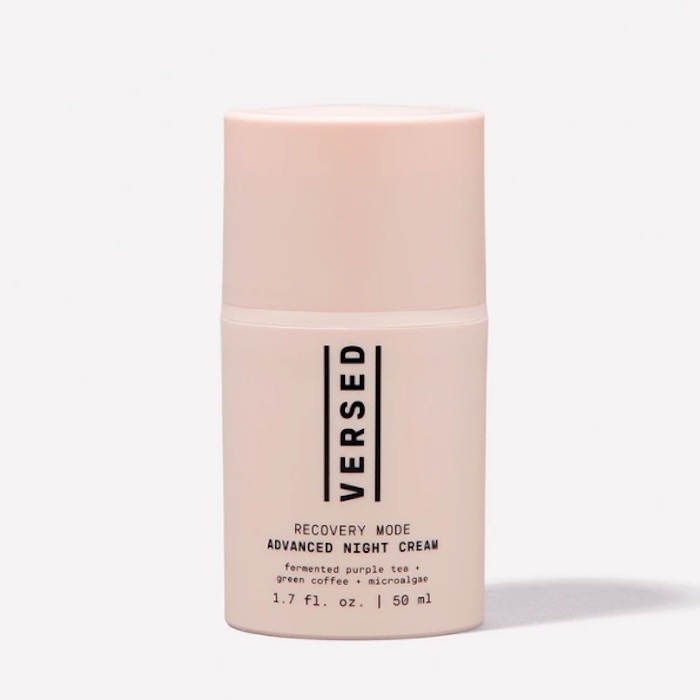
Here's a non-greasy night cream that smoothes, plumps, and moisturizes.
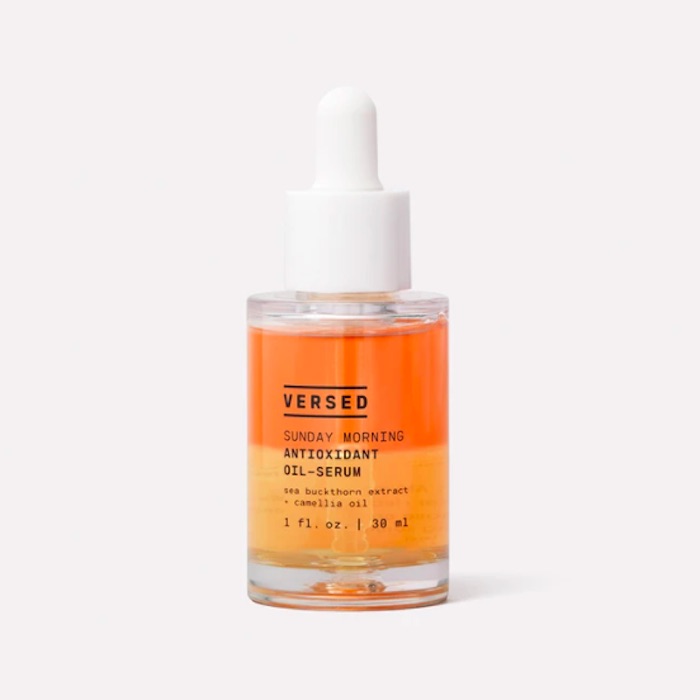
This antioxidant-rich oil-serum hybrid feels amazing on the skin.
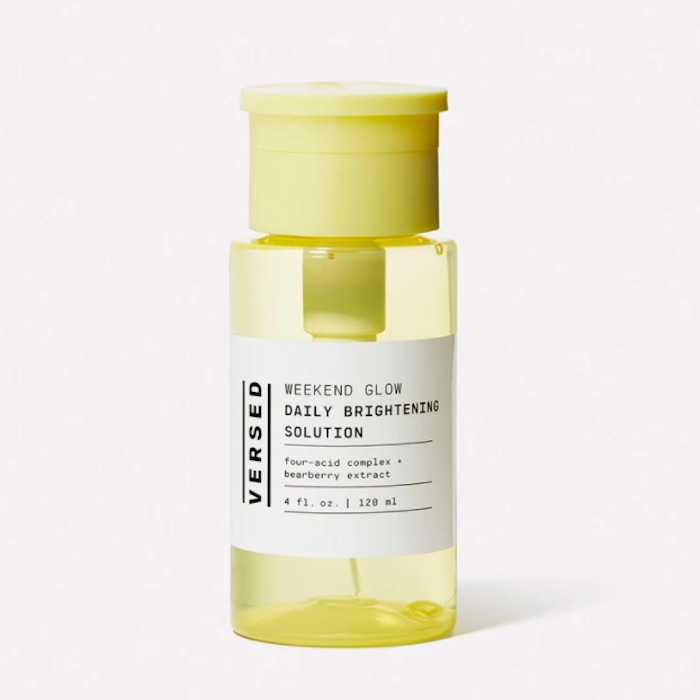
This brightening solution banishes dullness in one swipe.
Next up, see 55 brands that are defining a new era in sustainable beauty.

Kaitlyn McLintock is a Beauty Editor at Who What Wear. She has 10 years of experience in the editorial industry, having previously written for other industry-leading publications, like Byrdie, InStyle, The Zoe Report, Bustle, and others. She covers all things beauty and wellness-related, but she has a special passion for creating skincare content (whether that's writing about an innovative in-office treatment, researching the benefits of a certain ingredient, or testing the latest and greatest at-home skin device). Having lived in Los Angeles, California, and Austin, Texas, she has since relocated back to her home state, Michigan. When she's not writing, researching, or testing beauty products, she's working through an ever-growing book collection or swimming in the Great Lakes.
